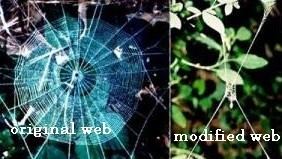Order Hymenopterans | Genus Hymenoepimecis Rank Species | |
 | ||
Scientific name Hymenoepimecis argyraphaga Similar Leucauge argyra, Glyptapanteles, Hymenopterans, Spinochordodes tellinii, Euhaplorchis californiensis | ||
Hymenoepimecis argyraphaga is a Costa Rican parasitoid wasp whose host is the spider Plesiometa argyra. The wasp is unusual in modifying the spider's web building behavior to make a web made of very strong lines designed to support the wasp's cocoon without breaking in the rain.
Contents
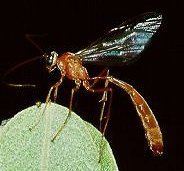
Reproduction
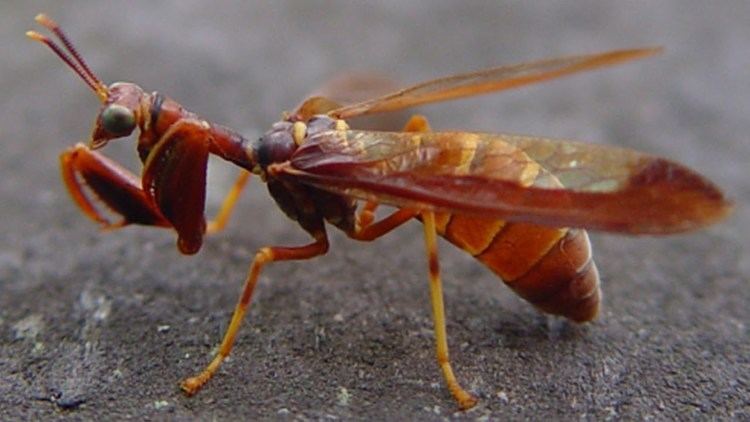
The adult female wasp temporarily paralyzes the spider and lays an egg on its abdomen. The egg hatches into a larva which sucks the spider's blood through small holes, while the spider goes on about its normal web building and insect catching behavior for the next one to two weeks. When the larva is ready to pupate, it injects a chemical into the spider, causing it to build a web, the design of which is completely different from any it has ever made, and then to sit motionless in the middle of this web. Even if the larva is removed prior to the web-building process, the spider still engages in aberrant web-spinning. The wasp larva then molts, kills the spider with a poison and sucks its body dry before discarding it and building a cocoon that hangs from the middle of the web the spider has just built. The larva pupates inside the cocoon, then emerges to mate and begin the cycle over again.
Behavior alteration
Normal web weaving consists of several steps:
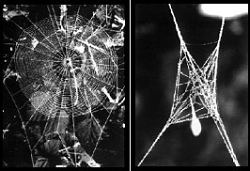
- Build non-sticky frame lines attached to supporting objects and a few initial radial lines. This process sometimes involves establishing connections with surrounding objects by floating a line in the wind and hoping it catches somewhere.
- Add more non-sticky radial lines attached to these frame lines, in some cases adding at the same time less peripheral, "secondary" frame lines.
- Add several tight loops of non-sticky silk at the hub of the web.
- Lay a loose "temporary" spiral of non-sticky silk, starting near the hub and ending near the edge of the web with about five times the spacing of the final sticky silk.
- Draw the tight spiral of sticky silk starting at the edge of the web and working inward, and removing during the same process the loose spiral.
- Remove lines at the center of the hub, leaving a hole or (in some species) replacing them with other lines
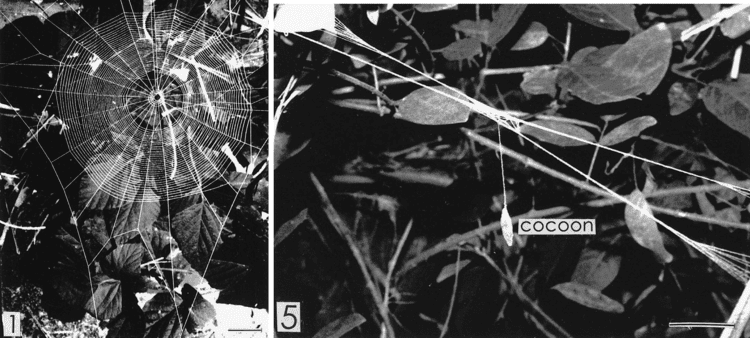
The modified web that the larva causes the spider to build consists of several heavily reinforced radial lines that are attached directly to the substrate; sometimes one or more frame lines or vestiges of a "temporary" spiral are also included. The reinforced lines are built using a subset of the same sequence of movements that the spider performs during the construction of frame lines in the normal web, repeated many times over. Thus the larva appears to be able to induce very specific behavioral responses in the spider.
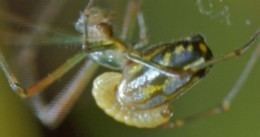
The lifecycle of the wasp was filmed for the BBC series Life in the Undergrowth (programme 4 in the series, Intimate Relations).

